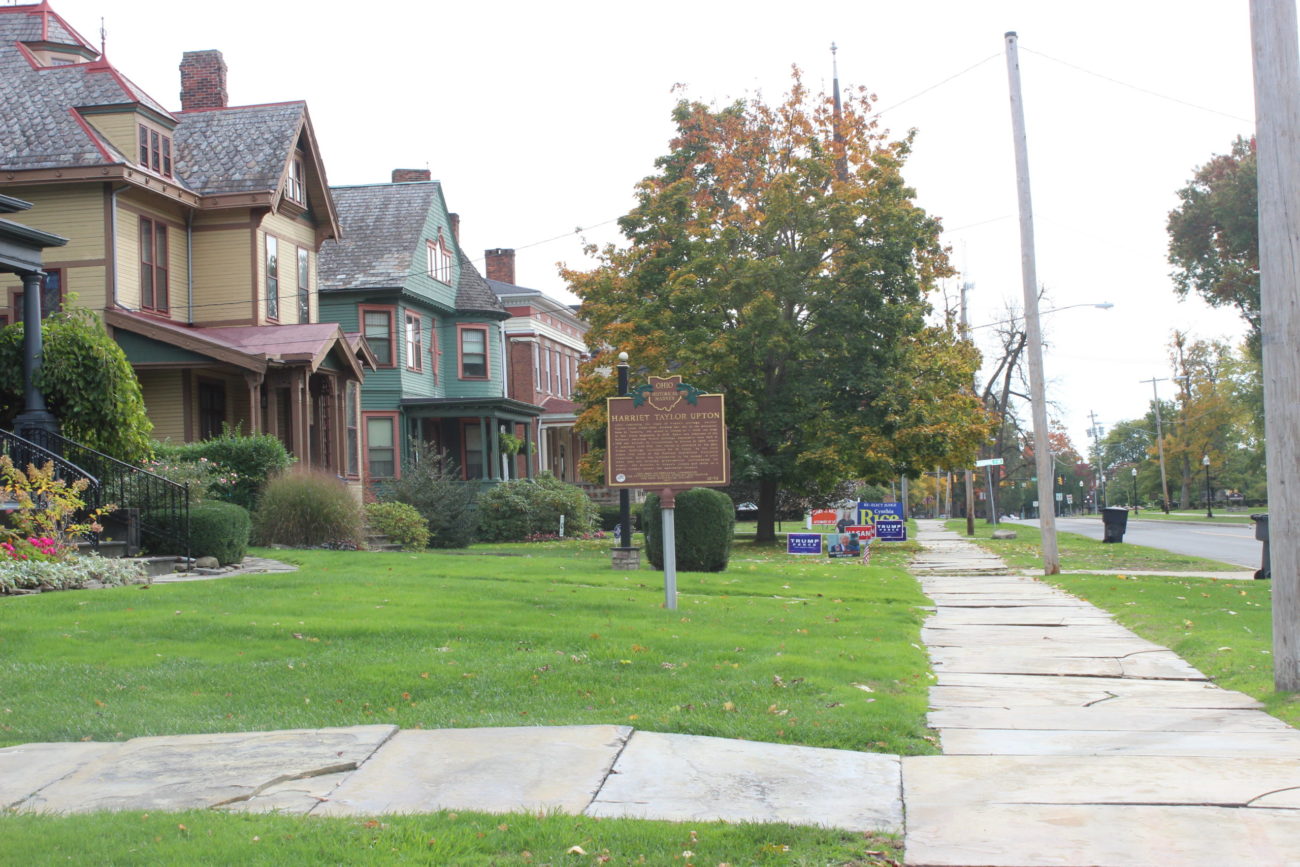An interview with report editor Quilian Riano.
Read the report on the Ohioan communities In the Mahoning Valley.
When designers are asked to think about a community, the charge they are given is often focused on thinking about what new physical infrastructure or development is needed, or how specific buildings or spaces could be used. Based on your experience reporting on the Mahoning Valley, what do you think the usefulness or limitations are of using the lens of the built environment to think about overall community health and needs?
This is an interesting question, in that the built environment has everything to do with the current condition of the Mahoning Valley, yet focusing on it feels inadequate for the challenges the valley faces. For example, this is a community with too much infrastructure and too many buildings for its diminishing population. Yet, uncovering the stories around the Mahoning River, exploring the region’s new opportunities for work, and compiling case studies (that deal directly with the built environment) were helpful for us and our partners on the ground.
What is the role of design—or of designers—in identifying and addressing the challenges of a community? What are its limits and opportunities? What is scalable? What needs collaboration?
I think designers are key, but they need to not stick to their disciplinary point of view or boundaries. For example, after this report we began to work on a project looking at the future of work—using design strategy/research principles. The community did not even know it needed design-based research, and we are now working on urban design visions coming out of the results.
If you could set the agenda, what needs to happen next to make the Mahoning Valley flourish in the years to come?
To go away from large-scale and politically motivated economic projects and instead focus on the kind of lowercase-e economic development that a project like Building A Better Warren demonstrates.
For the community to understand that its future is looking at the river, and for the community to recognize the racial justice issues it faces.
As an editor, what did you learn about doing this type of work? How can you give voice to a community? What might design professionals learn from this project about working in communities not their own?
I learned to hone my deep listening skills and to slow down and not make everything “design.” Maybe our case was a bit different since we had other projects that would bring in design later, but this process helped us a lot in deepening our understanding of the area, its challenges, and possibilities.
The views expressed here are those of the authors only and do not reflect the position of The Architectural League of New York.

